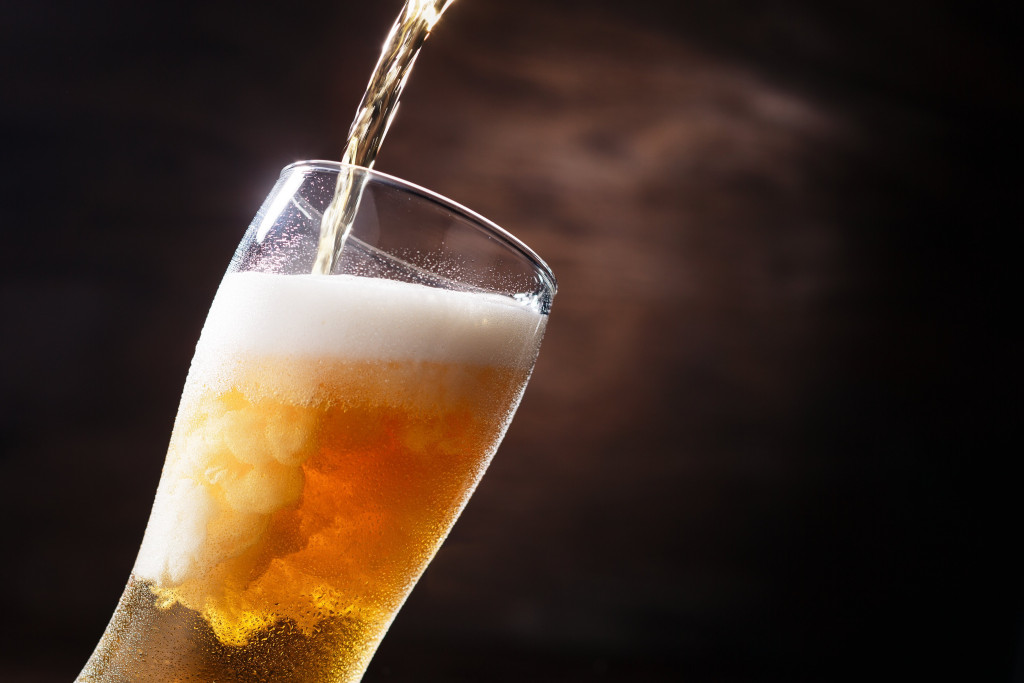The pandemic has not been kind to the U.S. economy. Analysts are predicting a contraction of more than 30% of growth until the end of June. Across the country, businesses are shuttering, and unemployment has hit a record high since the Great Depression of 1929.
Some sectors have suffered more than others. Hotels, casinos, restaurants, airlines, gyms, and theme parks, among many other industries that cannot operate with social distancing measures in place, have had plummeting income. Many of these companies in these industries have gone out of business.
A New National Pastime
The outlook is not so grim across the board, though. Some industries have had their business actually pick up, among them online retailers, courier services, and book stores. Alcohol sales have gone up by about 55% in the latter part of March. With bars and restaurants closed, alcohol consumption has been limited to the home, and with little to do, it seems many Americans are spending their time drinking.
Despite the surge in alcohol sales, craft beer (which had a meteoric rise from 2011 to 2013 but has also seen a slowdown in growth since 2014 because of an increasingly crowded market) is struggling.
Has the Craft Beer Industry Gone Flat?
Before the pandemic, even with its growth slowing down, the market share of craft beer vs. regional beers (classified by The Brewer’s Association as any brewery that produces between 15,000 to 6 million barrels) grew by 3.6% in 2019.
The 2020 lockdowns to prevent the spread of the virus has resulted in microbreweries, taprooms, and brewpubs (traditionally the largest sources of sales for craft beer) closing down all over the country. On-site beer sales are reported to have plummeted by as much as 65%. Like most alcohol, craft beer is a social activity, but even more so as festivals and tasting parties are a central feature to the enthusiast’s craft beer experience.
Sales have gotten so dismal in fact that some small independent breweries have resorted to dumping their product.
Broken Supply Chains
To add to their woes, beer ingredients and beer-making components, which are essential to the artisanal nature of the industry, have become increasingly difficult to come by.
Barley farmers, who know about the struggling state of craft beer companies, are switching to other crops that are easier to sell and move. Hop growers are still producing, but with a much-reduced volume of orders because of the closures. Manufacturing companies, which provide important components like liquid-filling machines and automated bottlers, lie dormant.
With the supporting industries at significantly reduced capacity, brewers will not only have to face the prospect of lower sales but significantly reduced production.
 Beer Is Going Online
Beer Is Going Online
Despite the difficulties, the craft beer industry is making adaptations to thrive once again. Many of them have gone online, offering new variety packs to keep beer lovers stocked while staying inside. Some have pivoted to selling in kegs, and have seen sales pick up as drinkers try to limit their trips outside.
Like many events, beer festivals have now gone online. The 2020 Oklahoma Craft Beer Summit, held virtually, sold out. Event tickets gave beer lovers access to 24 beers from different breweries, all available for pickup at conveniently-located points. The festival, with its low overhead, ended up making three times more money than a traditional beer festival, raising the possibility that virtual beer festivals, seminars, and tastings might become the next big thing even after the lockdown period.
While it is hard to tell what the future holds with the volatility of the current situation, many in the craft beer business are confident that things will eventually get back to normal, and sales will pick up once again. Until then, brewers will need to innovate and survive, just like the rest of the country.






